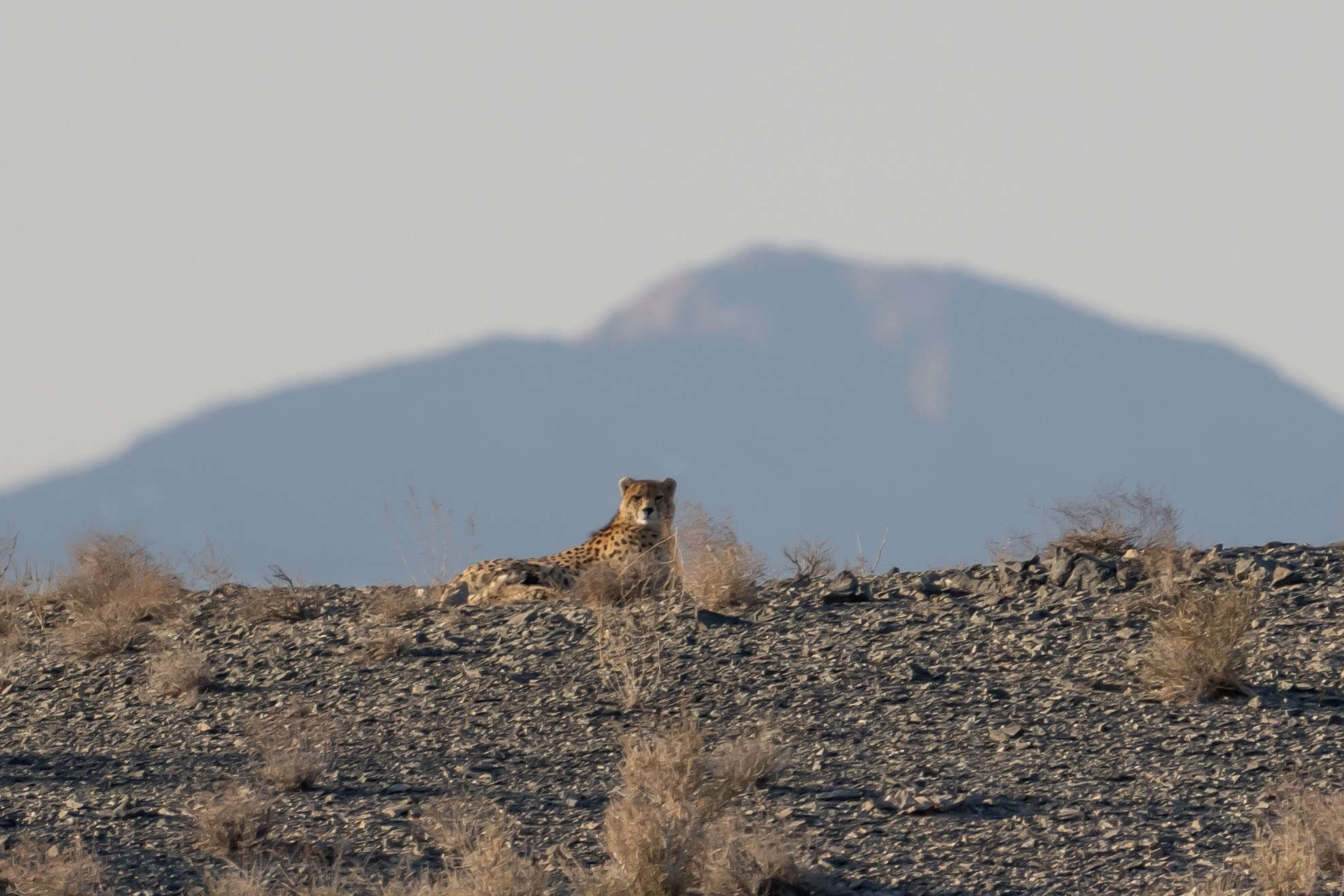Share this article
Tracking baby sea turtles to help conservation
Tracking baby sea turtles across vast expanses of ocean can help conservationists determine where sea turtles at risk may face danger from fishing operations or other disturbances.
“Clearly, you want to be protecting the ones that are most vulnerable,” said Nathan Putman, a senior scientist at LGL Ecological Research Associates and the lead author of a study published recently at Ecography.
Putman was involved in research that used models to determine the number of sea turtles that may have been affected by the 2010 Deepwater Horizon spill in the Gulf of Mexico several years ago. He and his large number of international collaborators wanted to improve and expand the models to get a better idea of where baby sea turtles from various nesting sites end up all over the Gulf and along the eastern seaboard of the United States. They hoped the research would help determine if and when particular fishing operations are impacting the reptiles.
Kemp’s ridley sea turtles emerge from a nest in Mexico. ©Hector Chenge Alvarez
All five sea turtles occurring in U.S. waters are listed on the Endangered Species Act. Hatchlings or juvenile sea turtles are particularly vulnerable, and the vast majority of individuals don’t survive to adulthood. While tracking devices have helped researchers find where adult sea turtles go, these types of technology haven’t been useful with hatchlings, which are sometimes as small as golf balls. As a result, scientists have mostly been in the dark about where sea turtles spend their earliest years.
To better understand these critical moments in sea turtle development, the researchers used the U.S. Navy’s ocean circulation models from the last 30 years. They added estimates to the model, and in some cases actual counts, taken from conservation organizations and researchers working at sea turtle nesting sites all over the Gulf and even from some locations in Costa Rica.
They looked at Kemp’s ridley sea turtle (Lepidochelys kempii), green sea turtles (Chelonia mydas) and loggerheads (Caretta caretta).
Assuming a certain number of the reptiles were killed naturally by predators soon after hatching, they could accurately predict the places in the U.S. where most hatchling and juvenile green sea turtles and Kemp’s ridleys sea turtles were beached.
Putman said the model allowed them to see how many turtles in a given area are from a certain beach in Mexico or from the east or west coast of Florida. This means that the researchers can determine not only how many turtles might be in a given area at a given time, but they can also determine where the individuals likely came from.
The information on loggerheads was less clear, probably because these turtles take a lot longer to develop to adulthood compared to the other two specie, Putman said. He also said that there is some degree of uncertainty about the total number of turtles going into the ocean as not every nesting site is monitored or even known. But he said that about 99% of the population of hatchling Kemp’s ridley turtles that leave nesting sites are accounted for, while about 90% of the population of green sea turtles is accounted for.
These predictions of baby sea turtle movements can help conservationists figure out which fishing operations might be particularly dangerous for young sea turtles and at what time. Bycatch — sea turtles caught accidentally in nets or lines meant for other species — has an effect on turtle mortality. But Putman said that up until now, researchers were uncertain whether fisheries with high amounts of turtle bycatch were due to lots of turtles being in that area, or whether it was due to a large fisheries operation. Better predictions on hatchling dispersal could inform better regulations, which could improve overall sea turtle survival, he said.
Putman said that this information could also be useful in estimating how many sea turtles might be affected by future oil spills or other natural disasters.
Header Image: Hatchling Kemp’s ridley sea turtles disperse from a nesting beach in Mexico. Researchers modeled where baby sea turtles like these are most likely to end up after leaving the beach. ©Hector Chenge Alvarez







